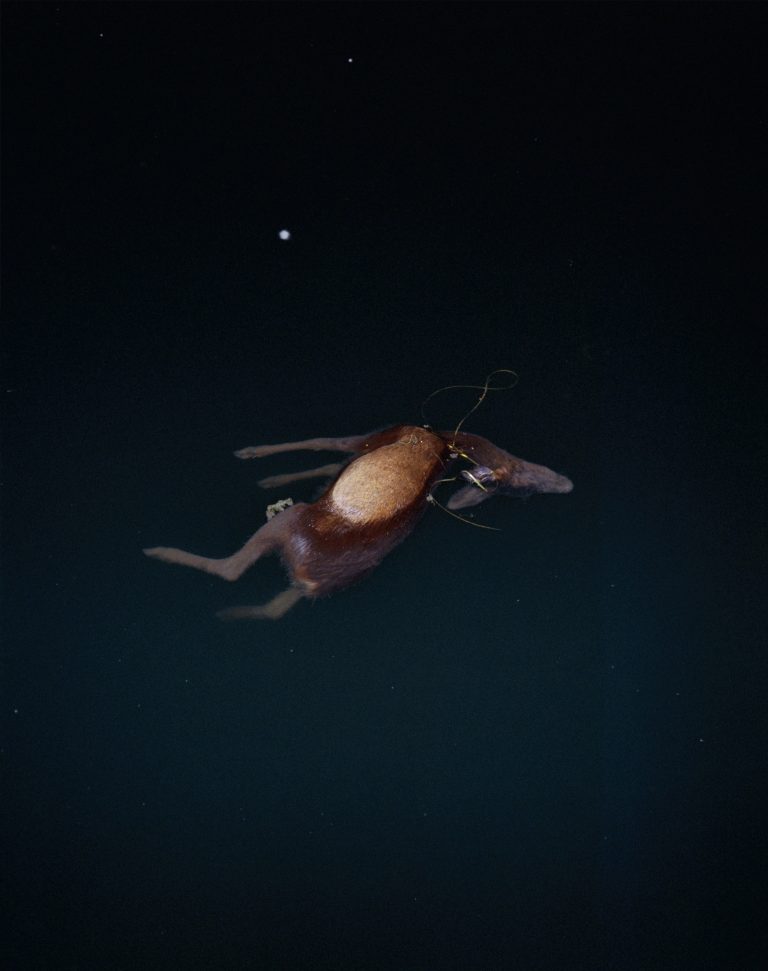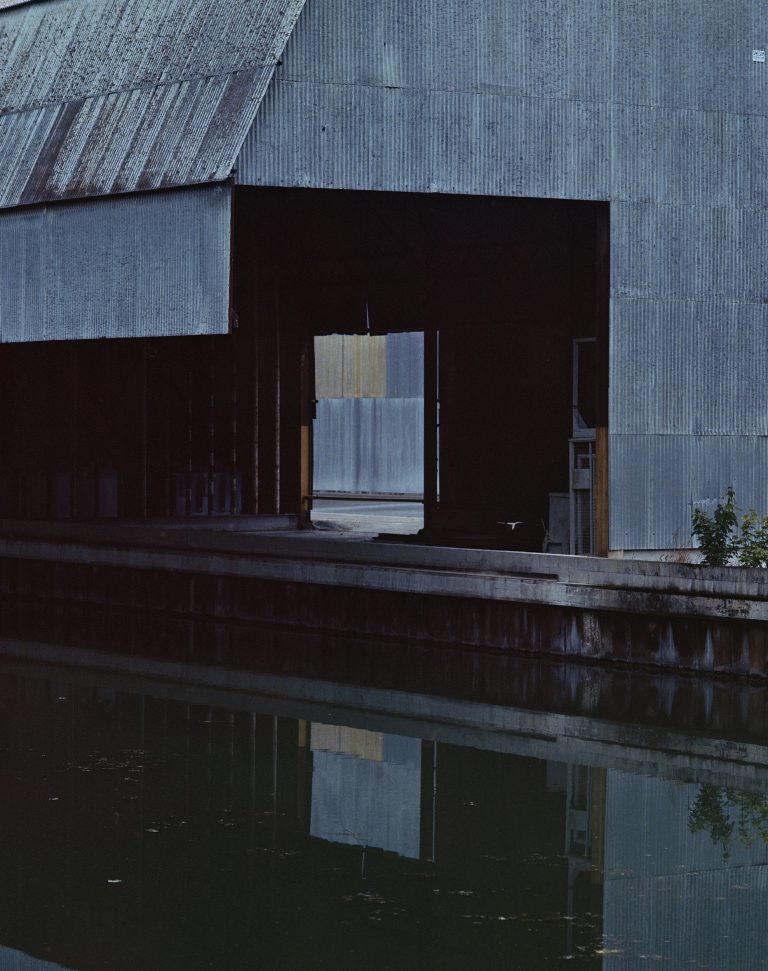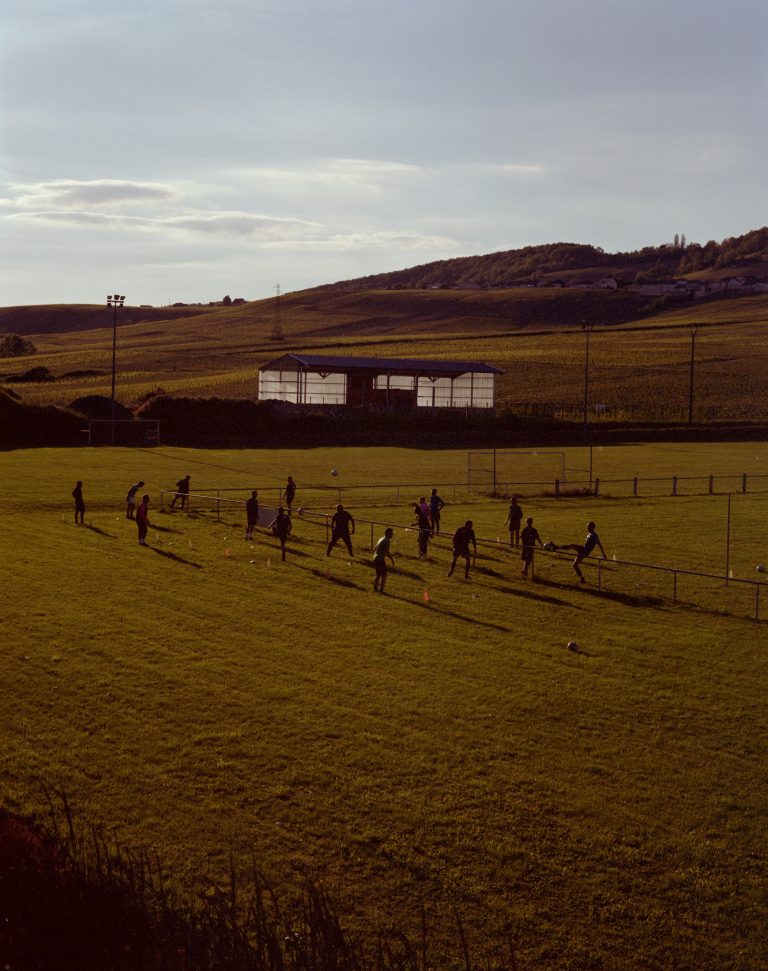la grotte de sabinus
album de field recording
2020 – 2021
Collaboration avec le photographe Téo Becher dans le cadre d’une résidence pour le CIPGP (Collège International de Photographie du Grand Paris).
L’histoire de la Marne est profonde et lointaine. Son nom provient du gaulois « mère » ou « la grande mère ». La grotte qui en surplombe la source daterait de la dernière glaciation il y a environ 10 000 ans.
Elle tient son nom du mutin Sabinus, qui a dirigé un soulèvement gaulois et germanique face à César et qui y aurait trouvé refuge pendant 9 ans. Rien ne permet d’affirmer que Sabinus y trouva effectivement refuge, mais les humains aiment les histoires.
Avec la grotte comme point de départ, on a tenté de raconter celle de la Marne d’aujourd’hui en la suivant à vélo jusqu’à l’entrée de Paris où elle se jette dans la Seine. Nous nous sommes laissés guider par la rivière, suivant son cours comme celui de son histoire, des origines obscures pleines de mythes jusqu’au complexe présent. Téo a photographié son passé et son présent industriel et agricole pendant que Virgile la raconte au travers d’ambiances sonores et de rencontres.
Nous avons dormi à ses côtés, bercés par son lent écoulement dans les bras de la grande-mère, nous l’avons éprouvée physiquement le long de ses 500 km.
2020 – 2021
Collaboration with the photographer Téo Becher as part of a residency for the CIPGP (Collège International de Photographie du Grand Paris).
The history of the Marne is deep and distant. Its name comes from the Gaulish « mother » or « the great mother ». The cave which overlooks the source dates from the last ice age around 10,000 years ago.
It takes its name from the mutineer Sabinus, who led a Gallic and Germanic uprising against Caesar and who would have found refuge there for 9 years. There is no evidence that Sabinus actually found refuge there, but humans love stories.
With the cave as a starting point, we tried to tell the story of the Marne today by following it by bike to the entrance to Paris where it flows into the Seine. We let ourselves be guided by the river, following its course like that of its history, from obscure origins full of myths to the present complex. Téo photographed his industrial and agricultural past and present while Virgile recounts it through soundscapes and encounters.
We slept by its side, lulled by its slow flow in the arms of the grandmother, we experienced it physically along its 500 km.



